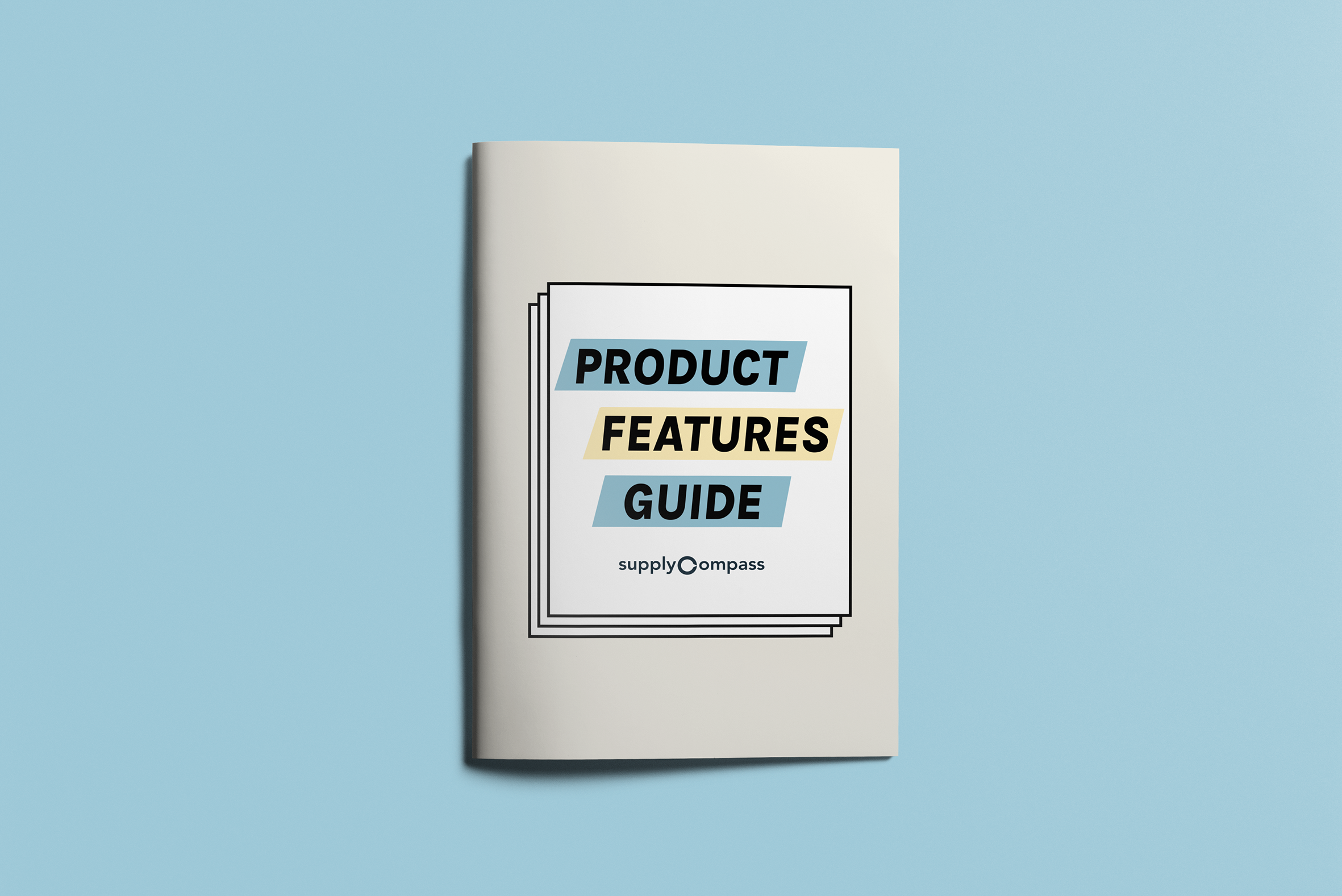The unstoppable rise of the Drop ???? Why Seasons are so AW19
3 minutes May 21
Credit: Flora Davidson
Most fast growth, DTC brands no longer subscribe to the outdated formula of 2 set seasonal launches a year. Sure, this doesn’t mean these brands are not doing SS and AW collections too, but the successful ones sprinkle these alongside dozens of others capsules and drops.
Today’s most progressive and high growth brands share one thing between them all; they’re always one step ahead of the rest. Rather than following the mainstream and sticking to the status quo, their focus is on experimenting with alternative ways to connect with their customers and obsessing over new ways they can surprise and delight them.
So it’s about dropping seasons? (get it?)
The future of the fashion industry needs to be seasonless. Customers are global, it’s always summer somewhere for some of your customers. The weather is more erratic, people buy bikinis all year round.
What’s a drop?
According to Shopify the definition of a drop:
Low-ish supply + high demand x hype = major sales.
It’s also not niche behaviour. As Shopify says in their article — they’re now home to “more than 100,000 businesses who sell this way — marketing a limited run product for a low price during a short window of time.” Basically, it’s big business. Drops can achieve things that are unthinkable in conventional retail, “large brands can easily see over 100,000 checkouts during a product drop”.
Oh, and there’s an added bonus too of these smaller, limited and regular drops — they’re also inherently more sustainable than the old ways. Pre-sales, waiting lists and producing the right amount reduces the amount of waste and reliance on heavy post end of season discounting that cheapens the value of products. The current calendar — one still heavily dictated by seasons — penalises ranges that are ‘out of season’ — discounting heavily, for extended periods.
How are drops different from seasons though?
Drops (or capsules) are more regular, you can see the latest weekly or monthly drops of brands scattered over their insta feeds or in the regularly updated “New In” tab on most e-comm sites. The whole experience of a drop is different. Drops allow brands to control demand, control when and how much. They’re all about anticipation in the lead up to a launch, FOMO, the unexpected, and the thrill of the moment.
Drops allow brands to control demand, control when and how much.

Drops are not just synonymous with major collabs, or limited editions runs every time. The term ‘drop’ is now widely used to release regular ‘core’ lines of basics. There’s not really a set formula — not every drop is the same. Some may be collaborations or the launch of a bridal, kidswear, or an accessories line. Drops are not just synonymous with major collabs, or limited editions runs every time. The term ‘drop’ is now widely used when releasing regular ‘core’ lines of basics.
But launching successful drops on the regs is hard work.
Drops are hard work.
They take a lot more skill, energy, full team alignment, and detailed planning than the traditional seasonal calendar demands. Not because the launch itself is more or less work, but because there’s just so MANY of them in a year now.
So much work and orchestration go on behind the scenes to make a drop successful; everything must fall seamlessly into place for it to work. Perfect photoshoot samples, on-time photoshoot (Covid safe, of course..), on-time delivery, 100% product quality, successful launch dinners, drip campaign and influencer roll out.
But it’s worth it - because if you pull them off, boy, do they pay off!
But — the success of a drop hinges on the success of the Production run.
The success of it really all depends on one thing going to plan.
Production.
If production doesn’t go to plan — such as team misalignment, change in dates, sourcing issues, quality problems, fit issues, production delays — then the drop becomes a flop…no one wants that do they?
As Co-Founder and Head of Product at SupplyCompass, Flora Davidson is responsible for the vision and direction of this platform. With a background in innovation and ethnographic market research, she’s wholly focussed on being customer-driven (brand and factory!) in her approach to what technology they build, how and why. She’s obsessed with good design and excellent, intuitive user experience. Flora is passionate about reimagining how the fashion ecosystem can work more openly and collaboratively together, and sees the shift in emphasis towards stronger partnerships between brand and factory, as foundational to the transformation of the industry.
More on our blog
We’ve launched our comprehensive Product Features Guide!
We’ve just launched The SupplyCompass Product Features Guide. We break down all our 95+ features and sub-features, explaining how you can use them and what makes them tick—so you can understand how SupplyCompass can help SME fashion brands like you.
Right Thing #5 - The name of the game is Agility
In agility, there’s a real emphasis on co-creation, on a cycle of continuous improvement, production and distribution with regular reflections on how to be better by constant fine-tuning and adjusting. Brands and supply chains being agile will, no doubt, be the most successful — and sustainable — organisations of the future.
Here’s how tech enables sustainability
What’s the first thing that comes to mind when you think of sustainability? Data is rarely the answer. Watch/Listen to Co-Founder and Head of Product Flora Davidson explain how technology can enable brands to embed sustainability principles into their business.
Get started with our platform
Read the Right Thing
Subscribe to join sustainability nerds, production gurus and thought leaders from companies like Ganni, Adidas, AllBirds and Finisterre & become part of the 10,000+ community who get The Right Thing—a fortnightly letter straight from our Co-Founder’s desk.



